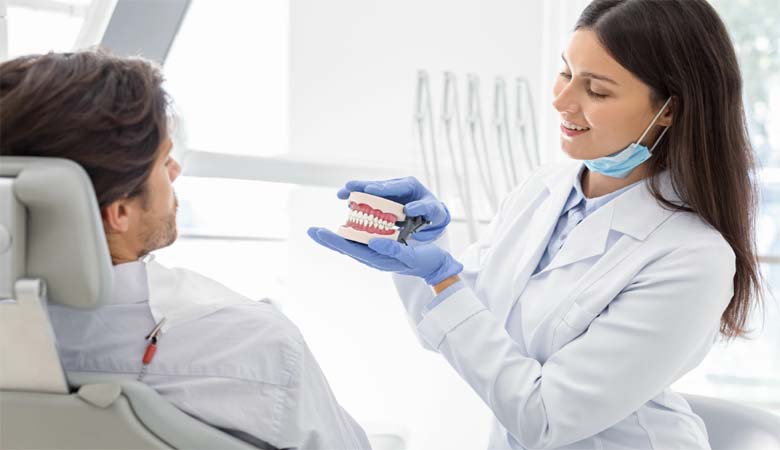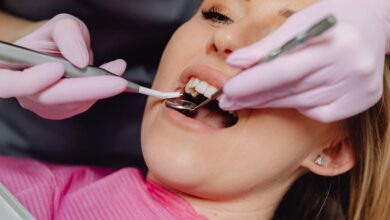Can a Dental Bridge Be Removed and Recemented: Exploring the Possibilities

A dental bridge is an essential element in the rehabilitation of patient’s smile and oral functionality following tooth loss. This write-up aims at discussing the reasons why one should opt for removal of dental bridges, how this process is done and the pros and cons of such procedure.
Understanding Dental Bridges
Before we look into the removal and recementing process it would be good to know what dental bridges are and their role. Dental bridges, on the other hand, are artificial devices that are used to fill gaps left by absent teeth. In some cases, there are one or more false teeth called pontics held between two crowns for abutment teeth on either side of the gap. These components interact to bring back both aesthetic appeal and function to a patient’s smile.
Reasons for Dental Bridge Removal
There are several reasons that may make you want your dental bridge removed:
Damage or Decay: With time, this dental appliance may wear out resulting in damages or decays. The bridge might therefore be removed so that its condition can assessed with a view of carrying out repairs if need be.
Poor Fit: If not well fitted a dental bridge might cause discomfort as well as affect the bite of the patient. A poorly fitting bridge may therefore have to be uninstalled and adjusted so that they can perform their functions optimally.
Hygiene Concerns: For example, if plaque is not removed regularly around it, bacteria might accumulate on it resulting in gum problems as well as decay. At times cleaning has to be performed by removing a bridge temporarily.
Structural Issues: Changes in structural integrity may necessitate removing and refitting either supporting teeth or bridging material itself. Such changes could result from trauma or shifting teeth or any other dental complications.
The Process Of Dental Bridge Removal And Recementing
Getting rid of a dental bridge needs a delicate touch of a dental professional. An outline of the typical steps in this procedure is as follows:
Assessment: Examination by a dentist is performed on the dental bridge to identify what is making it be removed. In some cases x-rays are taken to assess the state of supporting teeth and adjacent structures.
Local Anesthesia: The use of local anesthesia helps in keeping the patient calm when they are about to embark on this removal process.
Bridge Removal: A dental expert will carefully pull out and loosen the bridge from atop the abutment teeth. This may involve cutting away any cement or adhesive substance that have held down the bridge.
Cleaning and Inspection: Once removed, both abutment teeth and bridge itself are cleaned thoroughly. It is also at this stage that a check for any signs of damage or decay in them is carried out.
Recementing: Removable bridges can be recemented back into position if they are repairable. Dental cement will be used by a dentist to attach these bridges again on top of their abutment teeth. Consequently, stability and functionality shall have been brought back into play through this operation.
Benefits And Challenges
Benefits
Preservation of Existing Bridge: If a bridge is still in good shape, one can remove it and recement it so as not to replace it completely.
Customization: During recementing, a dentist can make changes on this material for better fit and comfort thereby improving its performance.
Challenges: Removing bridges could damage the bridge or abutment teeth, and this may necessitate more dental procedures.
When the bridge is pulled out, there is a chance that bacteria and other unwanted particles may enter, hence there is a need to maintain proper oral hygiene during the period.
Conclusion:
In conclusion, the question: “Can a dental bridge be removed and recemented” has an answer that can be interpreted in different dimensions. While it may go smoothly in many cases, it depends on how the patient’s condition is and why they want it out. Patients with complications from their dental bridges should get advice from dentists concerning what they should do. Therefore, regular dental check-ups as well as proactive oral care are necessary to ensure the durability and efficacy of dental bridges.




